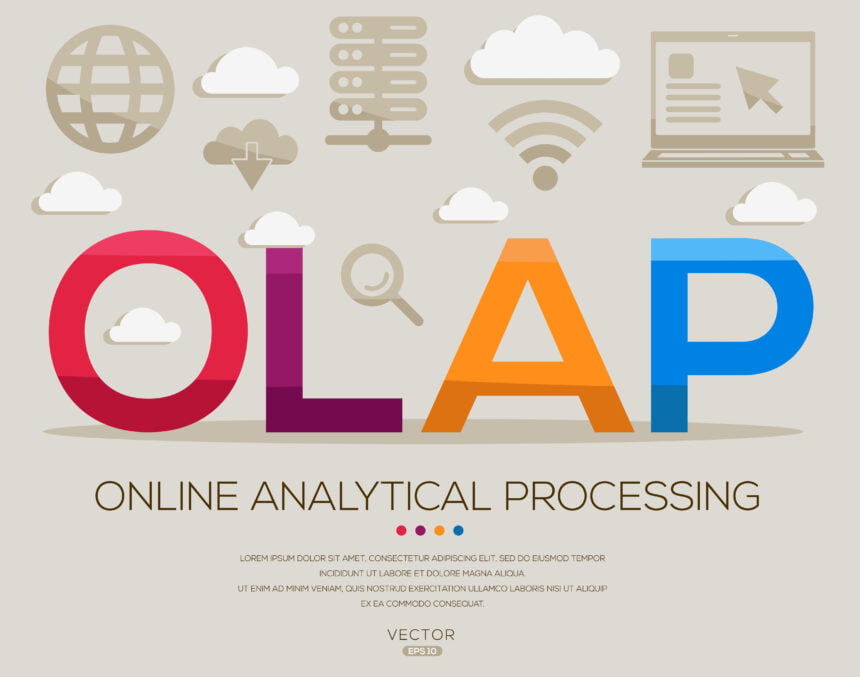Data science is both a rewarding and challenging profession. One study found that 44% of companies that hire data scientists say the departments are seriously understaffed. Fortunately, data scientists can make due with fewer staff if they use their resources more efficiently, which involves leveraging the right tools.
There are a lot of important queries that you need to run as a data scientist. You need to utilize the best tools to handle these tasks.
One of the most valuable tools available is OLAP. This tool can be great for handing SQL queries and other data queries. Every data scientist needs to understand the benefits that this technology offers.
Using OLAP Tools Properly
Online analytical processing is a computer method that enables users to retrieve and query data rapidly and carefully in order to study it from a variety of angles. Trend analysis, financial reporting, and sales forecasting are frequently aided by OLAP business intelligence queries. (see more).
A user can ask for data to be examined so that they can see a spreadsheet with all of an industry’s beach ball products that are sold in Florida in July, compare revenue statistics with all those for almost the same items in September, and compare other demand for a product in Florida during the same time period.
Several or more cubes are used to separate OLAP databases. The cubes are structured in such a manner that it is simple to create and read reports. Online Analytical Processing (OLAP) is a term that refers to the process of analyzing data online.
Data processing and analysis are usually done with a simple spreadsheet, which has data values organized in a row and column structure. For two-dimensional data, this is ideal. OLAP, on the other hand, comprises multidimensional data, which is typically collected from a separate and unrelated source. Using a spreadsheet isn’t the best solution.
What is the mechanism behind it?
The data is processed and modified after it has been extracted. Data is fed into an Analytical server (or OLAP cube), which calculates information ahead of time for later analysis. A data warehouse extracts data from a variety of sources and formats, including text files, excel sheets, multimedia files, and so on.
Types:
HOLAP stands for Hybrid Online Analytical Processing. The consolidated totals are saved in a data model in the HOLAP technique, while the particular data is maintained in a relational database. This provides both the ROLAP model’s data efficiency and the MOLAP model’s performance.
OLAP on the desktop (DOLAP): In Desktop OLAP, a person receives a dataset from the system and analyzes it locally or on their desktop.
Portable OLAP: Mobile OLAP allows users to use their device to access and evaluate OLAP data.
Web OLAP (WOLAP) is an OLAP system that can be accessed through a web browser. The WOLAP architecture is three-tiered. There are three parts to it: a client, software, and server software.
SOLAP (Spatial OLAP) was developed to make it easier to manage both temporal and non-spatial data in a Gis Mapping (GIS).
ROLAP (Relational OLAP): ROLAP is an extended RDBMS that performs typical relational operations using multidimensional data mapping.
OLAP’s disadvantages
There are some drawbacks of using OLAP worth exploring:
- A single OLAP cube cannot have a significant number of dimensions.
- OLAP necessitates data organization into something like a snowflake schema. These schemas are difficult to set up and maintain.
- Any change to an OLAP cube necessitates a complete upgrade of the cube.
- An OLAP system cannot access transactional data.
The Benefits of OLAP
There are also benefits of using OLAP, which include:
- OLAP is a business platform that encompasses strategy, planning, monitoring, and analysis for many types of businesses.
- In an OLAP cube, data and calculations are consistent. This is a significant advantage.
- Search the OLAP data for broad or particular terms with ease.
- Create and analyze “What if” scenarios quickly.
- Corporate simulation models, and performance reporting tools all use OLAP as a foundation.
- It’s useful for looking at time series.
- Users can slice up cube data using a variety of metrics, filters, and dimensions.
- With OLAP, finding clusters and anomalies is simple.
The online analytical processing tool, also known as the OLAP, is a technology which helps the researchers and surveyors to look into their business from the various overviews.

